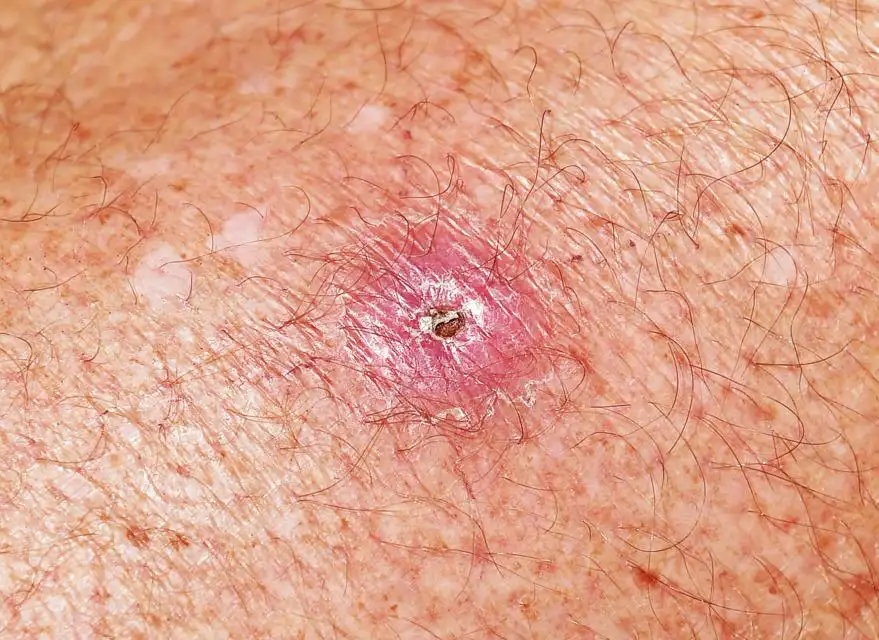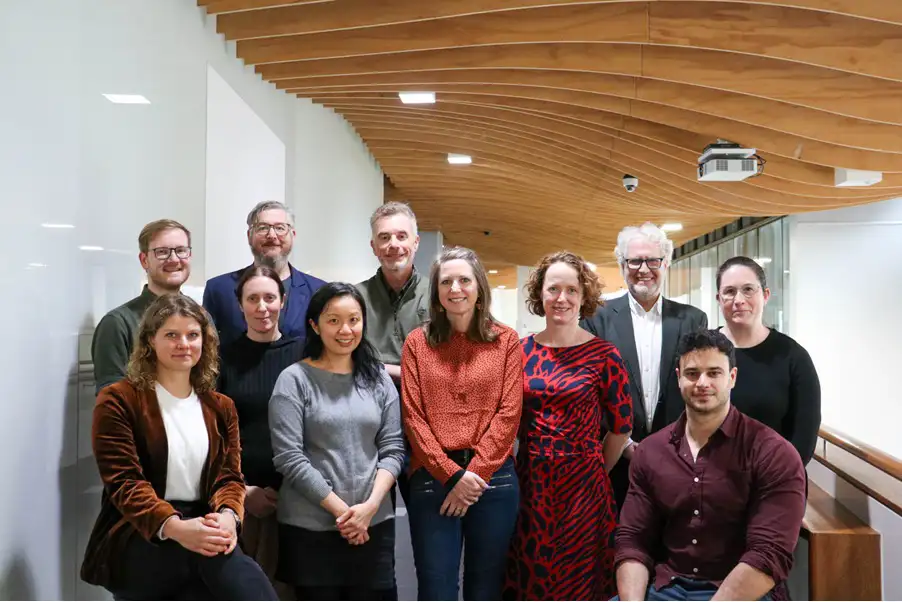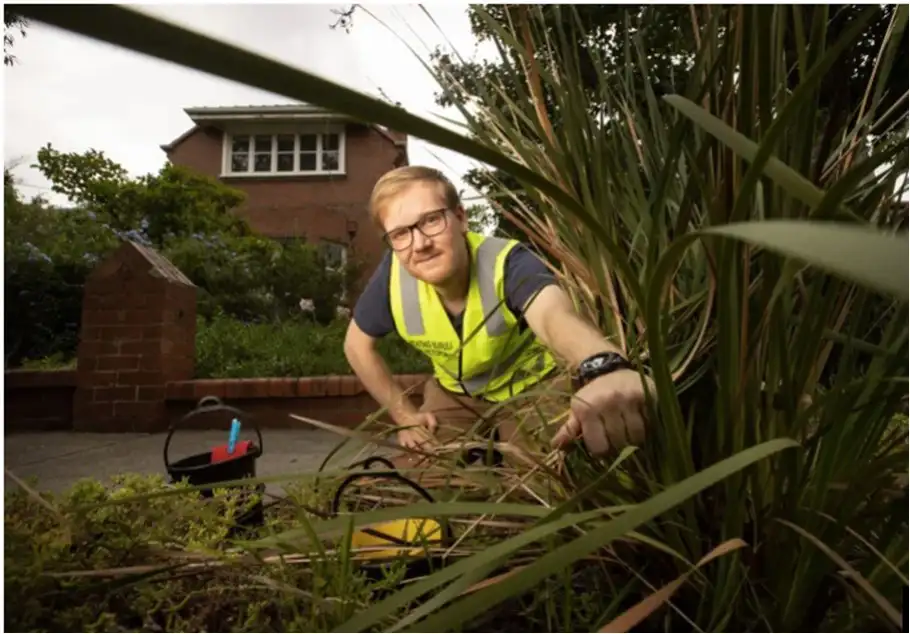Published on August 9, 2024
Understanding how infectious diseases spread is crucial for developing effective prevention and control strategies, especially for diseases transmitted by vectors.
When we say vector, we’re talking about an organism that carries a disease-causing agent from the environment or from an infected individual to a non-infected one.

These kinds of infectious diseases are a unique challenge to scientists. They require targeted and sophisticated research approaches, because identifying the vector and determining the vector species can be difficult.
For decades, researchers have been trying to understand how Victorians are getting infected by Mycobacterium ulcerans, the bacterium responsible for the flesh-eating Buruli ulcer.
This disease begins as a painless nodule under the skin that can develop into large ulcers, causing severe tissue damage and long-term disability if not treated promptly.
Case numbers have been rising sharply in recent years, from 135 in 2020 to 238 in late 2023, at the same time as infections have emerged in inner Melbourne suburbs.

Sciences & Technology
The breeding trap targeting Melbourne’s growing mozzie problem
The Buruli ulcer is a public health issue, so understanding the how and why of transmission gives us a better chance at tackling the problem.
Mosquitoes are the key
For a very long time, we didn’t know how M. ulcerans was spreading.
The National Health and Medical Research Council Partnership initiative Beating Buruli in Victoria, a collaborative partnership, has made significant progress in understanding that transmission process.
This collaboration includes the University of Melbourne, Doherty Institute, Agriculture Victoria, Austin Health, Victorian Department of Health, Barwon Health, Commonwealth Scientific and Industrial Research Organisation (CSIRO), and the Mornington Peninsula Shire Council.

Our team’s research has revealed strong evidence that mosquitoes are key in spreading the bacterium that causes the ulcer.
This finding is a crucial step toward developing targeted strategies to control the disease.
But it also raises new questions that must be addressed before this knowledge can effectively reduce the number of cases in humans.
Other areas of research are essential in the fight against the Buruli ulcer.

Sciences & Technology
Q&A: Victoria’s monster mosquito explosion
Medical researchers are working on improved treatments and prevention strategies; wildlife researchers are studying the reservoirs of the bacterium; and microbiologists are examining the bacterium itself.
Our primary focus, as the mosquito team from the University of Melbourne and Agriculture Victoria, is gaining a comprehensive understanding of local mosquito species.
Understanding your local mozzies
One of our main objectives is to find effective, sustainable and cost-efficient ways to reduce mosquito populations. Doing this will lower the risk of human infection.

While this might seem straightforward, achieving it requires a deep understanding of the ecological and genetic traits of mosquito species.
For example, knowing how far a mosquito can travel helps determine the size of the area that needs control measures, as well as the duration these measures should be applied.
One of our recent studies have shown that the local Australian backyard mosquito (Aedes notoscriptus) from the Mornington Peninsula travel approximately 10 times further than the Dengue fever mosquito (Aedes aegypti).

Sciences & Technology
5 slightly disgusting facts about mozzies
Our recent trial, the design of which is based on these movement results, involves a new mosquito control station in Melbourne's Inner-West suburbs.
So far, it’s yielding promising results.
But our research goes beyond just reducing mosquito populations.
We also focus on understanding how mosquitoes interact with pathogens.

We’re exploring questions like: Where and how do mosquitoes acquire the pathogen? Is it from infected humans or wildlife, breeding or feeding sites, mating locations, or a combination of all of these?
By uncovering these details, we can improve our strategies and break the transmission cycle, with the ultimate aim of reducing the spread of diseases and improving Australia’s public health.
The efforts of the Beating Buruli in Victoria team have earned recognition as finalists for the prestigious Eureka Prize in Infectious Diseases Research.
It’s work that exemplifies the value of scientific research and collaboration in solving real-world health problems. As the mosquito team, we are dedicated to continuing to advance mosquito control efforts and improve public health outcomes.
This article was first published on Pursuit. Read the original article.